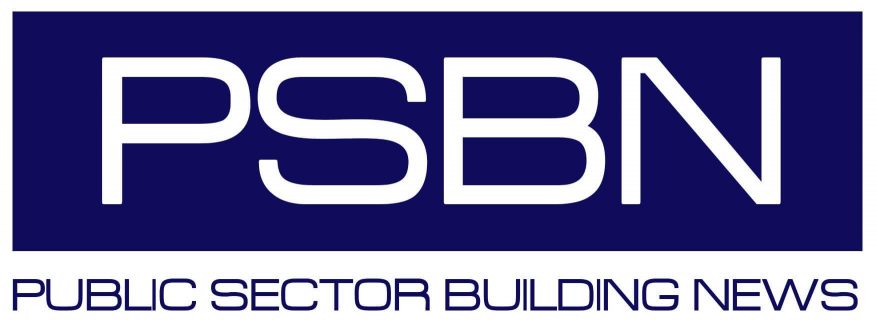By Anthony Coates-Smith, MD of Insite Energy, specialists in metering, billing and payment services for heat networks.
With new customer apps and cloud-based solutions hitting the market this year, heat network metering, billing and payment is about to go digital
We’ve witnessed the growth of apps in virtually every type of customer transaction, from buying train tickets to remotely charging electric vehicles. In each case, the customer interface to physical devices, controls and systems has been transformed. The public is used to this and now expects it. So when it comes to heat networks, why are we still using hardwired systems and sending pieces of paper back and forth when both sides can save time, increase convenience and personal control, and of course, make big cost savings?
This year will see the start of the digitisation of heat network metering, payment and billing, with a number of companies moving or evolving their offer into this space. Last month, we saw Siemens announce a “smart”, cloud-based pay-as-you-go service for district heating. They estimate savings of over £1m over 10 years compared to current metering solutions and based on the size of the networks. Later in 2019, Insite Energy will announce a collaboration with industry partners that will result in a low Capex, low Opex simple solution designed to reduce the cost of heat networks for our clients and to heat tariffs for end-users. Others will no doubt be developing their own products and services.
Digitisation will mean the hardwired display device on the wall is no longer the customer’s sole means of accessing, monitoring and regulating the heat delivered to their property. It means customers will be able to access and manage their accounts remotely and make payments to their heat supplier. These functions will all be possible via smartphone apps, while access to the device in the home will be maintained. Combined meter, heat interface unit (HIU), valve and data logger packages will result in much less complex in-property hardware. Systems will be easier and quicker to install and service visits and administration will be reduced.
With digitisation and the ‘Internet of Things’ comes the ability to access diagnostic data very affordably or even for free. This new level of information and insight will allow heat network operators to run their networks more efficiently and to reduce costs for end-users. Smarter, digital systems can also be used to address and reduce heat debt, which remains a key concern in this sector, at an individual, tailored level according to criteria set by the housing association, local authority, developer or managing agent.
Until now, this diagnostic capability has only been possible via premium, pre-payment metering solutions. There is certainly an established and recognised place for such systems in the market and we stand fully behind their compelling and proven business case, which is undisputed by a large proportion of our clients. However, the financial outlay and associated long-term license payment agreements often put them out of reach of low-cost developments outside of the London market, where build cost is under far greater pressure and heat networks are under serious threat from lower cost, or perceived lower cost electric heating solutions.
The alternative, for too long, has been cheap meters which are not fit for purpose. There has been a frustrating gap in the market that we and our clients have been communicating for some time. It’s time that those who have been excluded from good quality meters and good quality data are better served. We therefore welcome new and low-cost solutions to the market made possible by digitisation and feel they are very much needed.
There are other factors at play, bringing us to this exciting chapter. The Competition & Markets Authority (CMA) market study into heat networks called for regulation and all eyes are on initiatives that lower the perceived price premium for customers attached to a heat network. There is also the anticipated launch of the BEIS viability calculator. This will open up more than 400,000 properties for assessment as to whether there is a legal requirement to retrofit a meter, providing a huge launch pad potential for a new generation of products.
We are confident that customers will welcome the move to app-based management of their heating and a closer relationship with those responsible for setting their heat tariff. Putting them more in control and being able to share data indicates an improved level of transparency, something that is much needed currently.
Finally, as a company specifying different meter solutions, we call on those developing the digital products of the future to consider open access and transferability. As part of the metering, billing and payment architecture we design for our clients at Insite Energy, we our proud to offer our customers access to the meter solution of their choice, and the ability to switch products and providers at any time. We are unique in the market in that we currently operate four metering technology platforms and can therefore vouch for the opportunities of being open in every sense!


